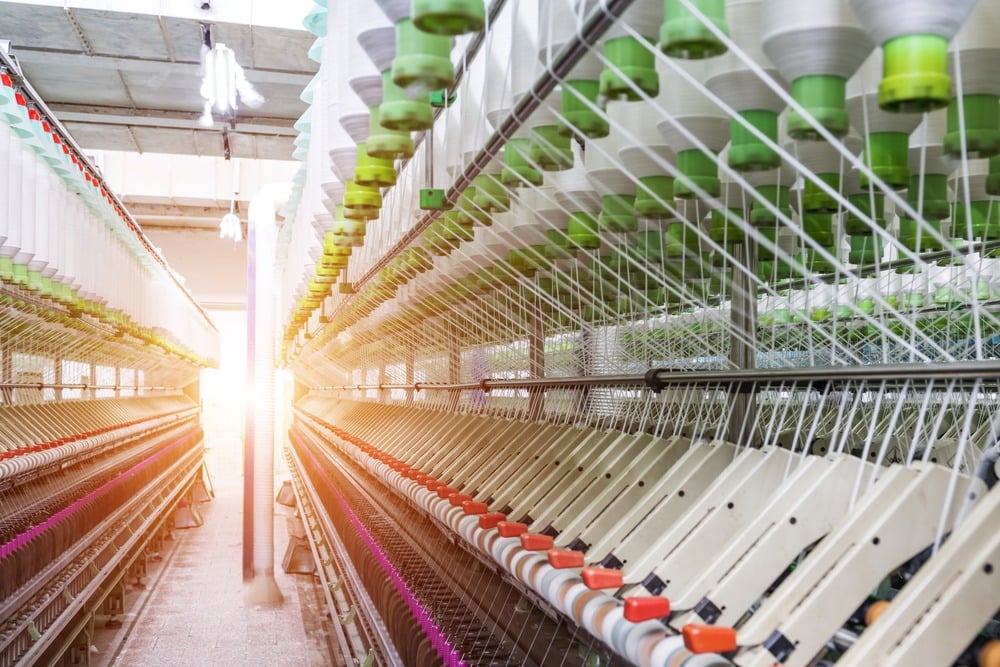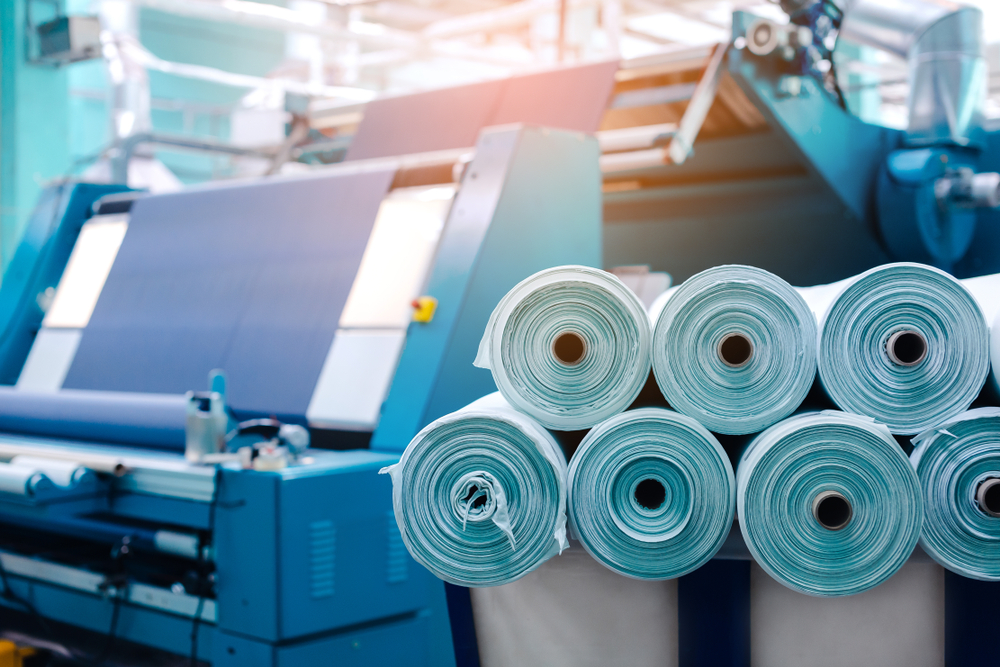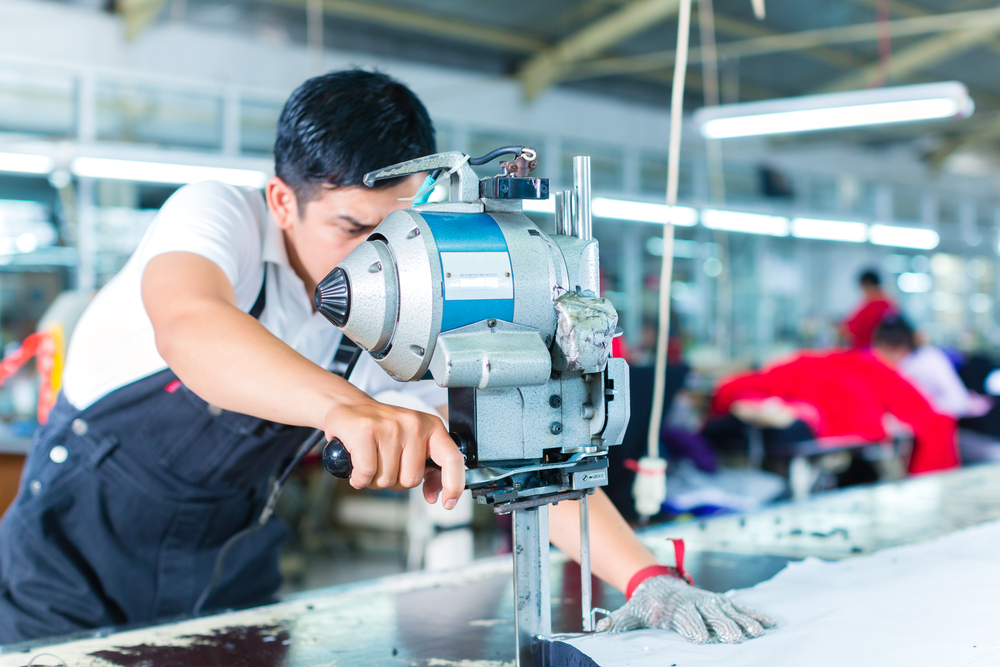Textile production is a huge international industry with diverse applications and niches. The textile manufacturing process will depend on the specific fabrics produced by the organization, but generally involves making yarn from raw fibers and then turning yarn into fabrics.
While primary uses include the manufacturing of clothing, furnishings, and carpeting, textile manufacturers also make fabrics for use in safety wear and PPE, medical fabrics such as bandages and dressings, and industrial textiles used in agriculture and engineering.
In this guide, we’ll summarize some of the primary ways to enter the textile production sector and look at potential software for textile manufacturing that can help newer businesses gain a competitive edge.
Types of Textile Manufacturing
There are many different types of textile production, with manufacturers using alternative raw fibers ranging from natural cotton to synthetics and recycled fibers. The process can include spinning and weaving, dyeing, bonding, embroidering, and knitting yarns into fabrics.
Producing Textiles
The first step in production is to decide on the source fibers used, whether those come from a well-known fiber such as silk or linen or natural fibers extracted from plants, minerals, and even recycled materials like bamboo or coffee grounds.
- Raw fibers must be cleaned, sorted, and quality assessed before they are spun, twisting the fibers together to create a yarn. From there, the yarn is normally woven on a machine to produce lengths of textiles.
- Producers can opt to make garments, samples, standardized fabrics, or specialist textiles, each of which commands a different post-production process to turn the material into the finished product.
- If the business makes finished materials or fabrics, they may need to incorporate wet processing, such as dyeing the textiles. Manufacturers can also add treatments to ensure fabrics meet certain requirements, like being flame-resistant.
Digital printing equipment, pattern design and grading, and creating patterns and finishes of different sizes can be complex; most fabric producers either have previous experience in their chosen sector or collaborate with experienced production managers to advise on the right options, machinery, and tooling.
As well as deciding what types of textiles to make and which raw fibers to incorporate, new businesses need to invest in equipment, skilled workers, and raw materials to start production, and most will focus on a targeted area of textile manufacturing to respond to market needs.
Maximizing Efficiency in Textile Production
Software is an important element, whether a company sets up a small textile production workshop to create custom fabrics or mass-manufactures fabrics for commercial clients. Digital tools are essential for efficient operations in the modern business environment and provide workflow management, stock, and supply chain controls, and ordering systems.
Automation is also a key trend in textile production, in which production orders are generated according to the most economical use of yarns or raw fibers, and producers avoid unnecessary offcuts and waste byproducts that can eat into their profit margins. Another route–potentially combined with advanced textile manufacturing software–is to consider shelter services based on a maquiladoras model, which involves setting up production facilities in Mexico and other key regions with an established textile manufacturing specialization.
The size of the booming textile industry is forecast to continue growing, which means those new to the market may choose to outsource or adopt devolved production structures. The benefits of this include lower-cost labor and raw materials, cheaper taxes on imports, and an established worker skill base in the local area.
Setting Up Offshore or Nearshore Textile Production
Manufacturers need to ensure they manage their operating costs and manufacturing inputs to verify the products or textiles they make return a viable profit. Alongside using software programming to improve quality, speed, and efficiency, manufacturers often find that relocating production is an exercise in cost control.
The United States-Mexico-Canada Agreement (USMCA) acts as a free trade agreement, allowing manufacturing businesses in the US and further afield to reduce their costs by removing duty obligations.
Eligibility rules apply, and it is essential that companies seek professional advice to ensure any shelter service they decide to use is suitably experienced and compliant. The benefit is that textiles produced within the free trade area are not subject to duty, augmenting the cost savings available.
Subscribe
Sign up and stay informed with tips, updates, and best practices for manufacturing in Mexico.





